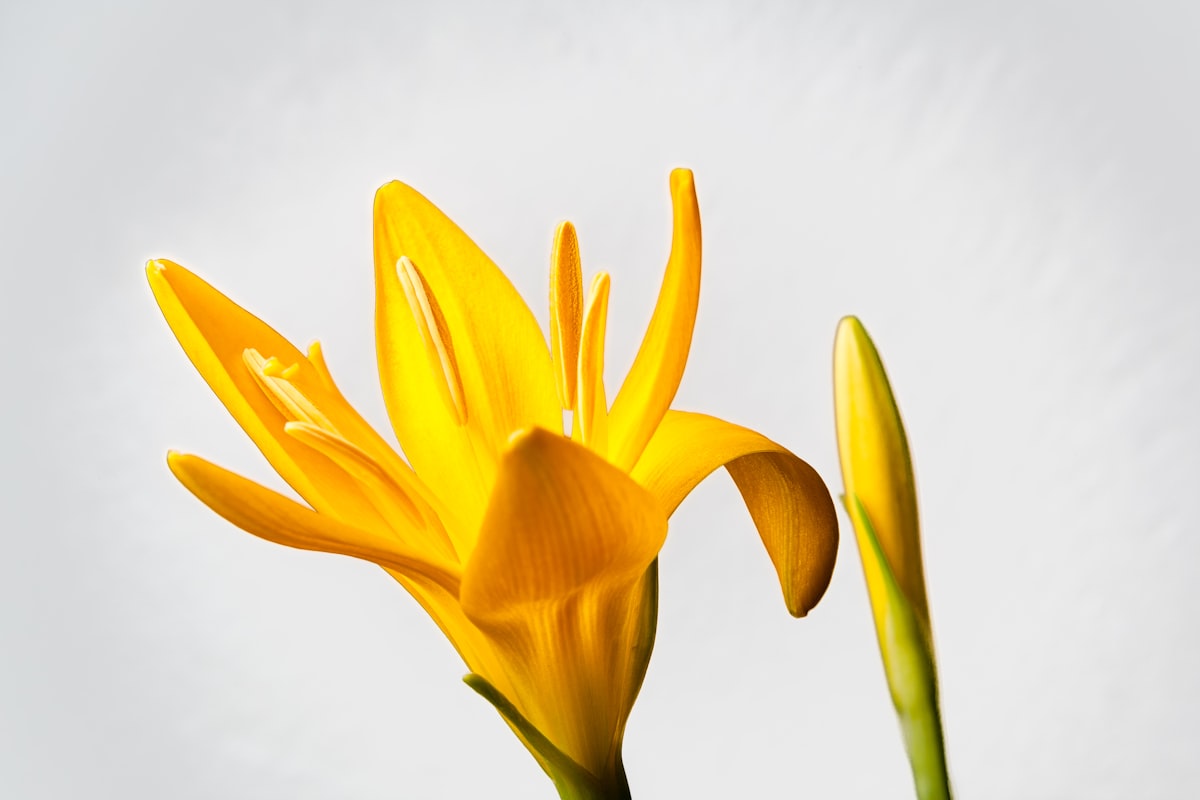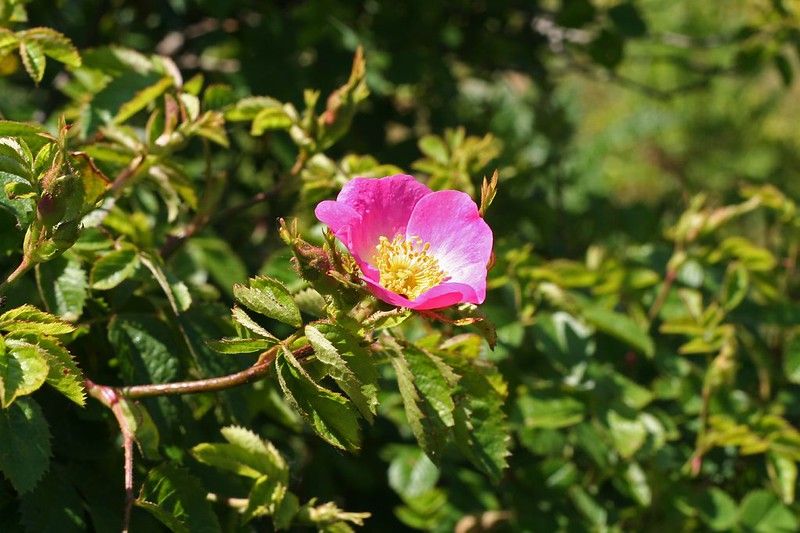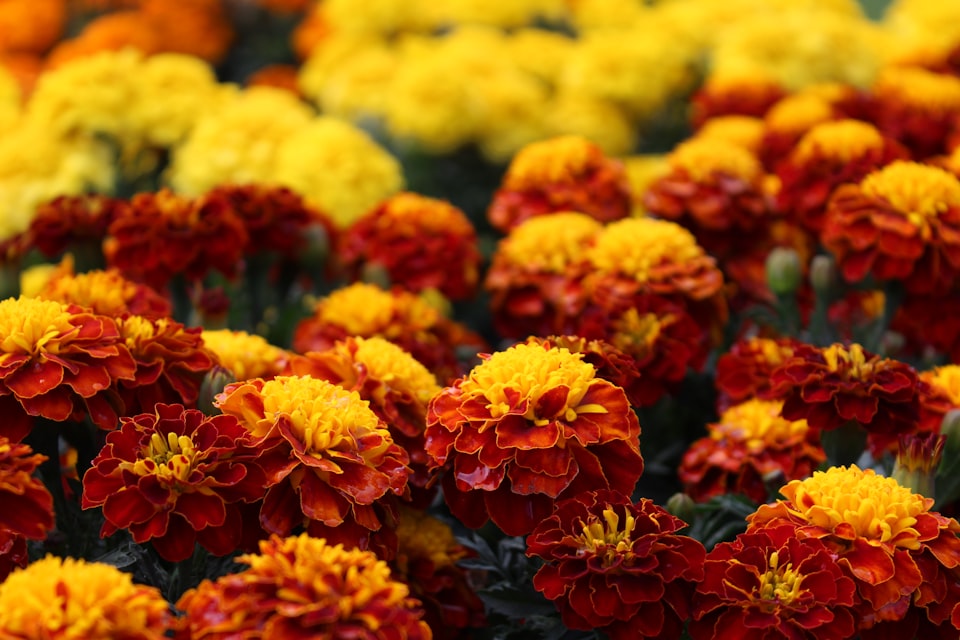II: Daylily
The two most prolific creators of daylilies.

Good morning. Today is duodi, the 2nd of Prairial, Year CCXXXI. We celebrate la hémérocalle, an astounding flower that blooms for just one day.
You can't really say anything about daylilies without bring up Dr. Arlow Burdette Stout. When he passed away in CLXVI (1957), he had helpfully provided the New York Times with his own obituary (which they went and added to anyway, the incorrible writers), saying, in part, "Dr. Stout was widely known for ... hybridization and selected breeding of many new types of Hemerocallis (daylily)."
This was an understatement to the point of self-effacement. He worked for nearly four decades at the New York Botanical Gardens, and in that time, conducted more than 50,000 hybridizing experiments, yielding more than 100 never-before-seen daylily species.



